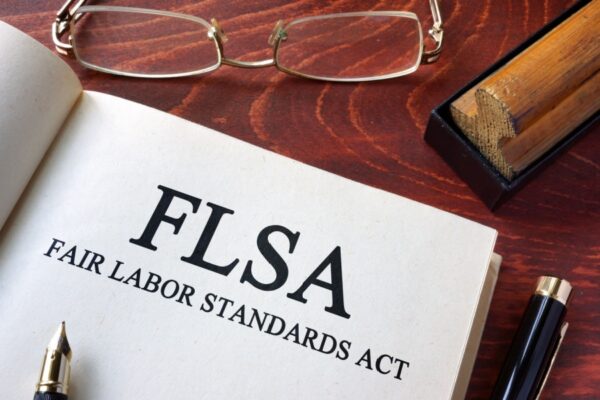The Occupational Safety and Health Administration (OSHA) keeps records not only of the most frequently cited standards overall, but also within particular industries. The most recent statistics from OSHA reveal the top standards cited in the fiscal year 2023 for the food manufacturing industry. This top 10 list comprises establishments that transform livestock and agricultural products into products for intermediate or final consumption. The industry groups are distinguished by the raw materials (generally of animal or vegetable origin) processed into food products.
| Description of Violation |
Cited Standard Number |
ACV* |
| 1. Control of Hazardous Energy (lockout/tagout) – Control of hazardous energy is the practice of de-energizing equipment and locking the energy source to prevent release of energy. Requirements include written procedures, training and periodic inspection. |
$21,229 |
|
| 2. General Requirements for All Machines – This standard refers to machine guarding of presses, power saws, jointers and milling machines. Requirements include securing anchoring fixed machinery, operation guarding and types of guarding. |
$10,797 |
|
| 3. Hazard Communication – This standard refers to the UN Globally Harmonized System of Classification and Labeling of Chemicals. Requirements include developing and implementing a program, recordkeeping, labeling and training. |
$2,268 |
|
| 4. Powered Industrial Trucks – Powered industrial trucks include forklifts and fork trucks. This standard’s requirements include operator training, inspections and safe work practices. |
$3,666 |
|
| 5. Wiring Methods, Components and Equipment for General Use – This standard refers to the practice of using the proper methods when wiring different setups. Requirements include following proper methods for temporary wiring, cable trays, electrical cabinets and switches. |
$2,911 |
|
| 6. Mechanical Power Transmission Apparatus – A power transmission apparatus (PTA) is what connects the point of operation to the power source. Common PTA components include belts, pulleys, chains, and sprockets. This standard provides requirements for guarding those components of a PTA. |
$8,715 |
|
| 7. General Electrical Requirements – This standard refers to the practice of examining, installing and using electrical equipment of different types, sizes, voltage and current capacity. Requirements include specifications for electrical connections, terminals, guarding live parts and working with 600 volts. |
$3,947 |
|
| 8. Process Safety Management of Highly Hazardous Chemicals – Process Safety Management is the safe management of highly hazardous chemicals. The standard includes applicable chemicals with thresholds, a written program, process hazard assessments, operating procedures, employee training and inspections. |
$10,245 |
|
| 9. Duty to Have Fall Protection and Falling Object Protection – This standard refers to the practice of identifying hazards and providing protections from those hazards when needed. Requirements include identifying, inspecting and assessing workplace conditions for fall or falling object hazards. |
$10,094 |
|
| 10. General Personal Protective Equipment (PPE) Requirements – This standard refers to providing, managing and maintaining the proper personal protective equipment for employees. Requirements include identifying required PPE, maintenance, sanitation, replacement and training. |
$4,446 |
*ACV (Average Cost per Violation) – The dollar amount represents the average cost per violation that employers in this industry paid in 2023. To understand the full capacity and scope of each standard, click on the standard number to visit www.osha.gov and view the language in its entirety. Source: OSHA.gov. Design © 2023 Zywave, Inc.
Provided by: The Horton Group, Inc.
Material posted on this website is for informational purposes only and does not constitute a legal opinion or medical advice. Contact your legal representative or medical professional for information specific to your legal or medical needs.



